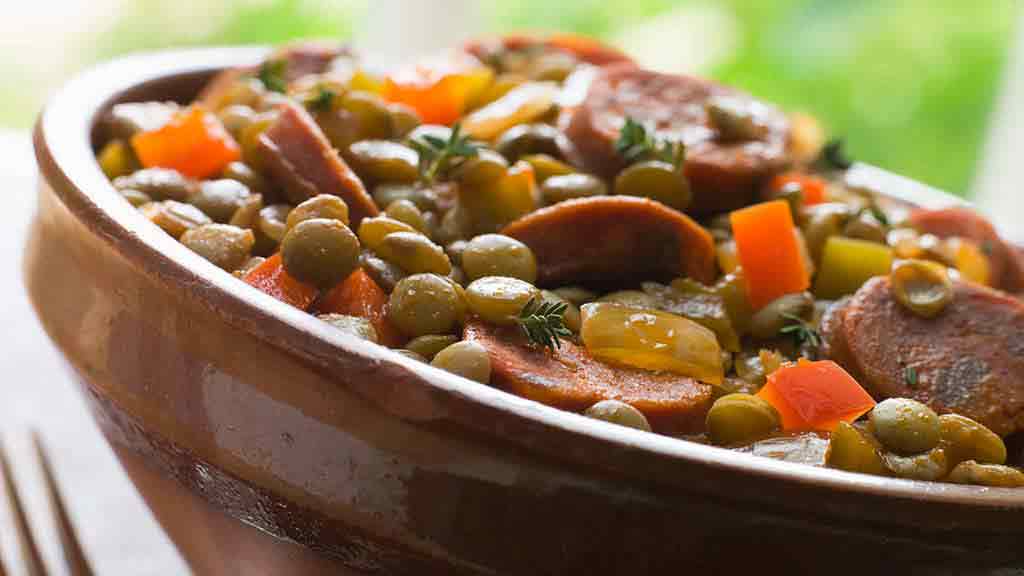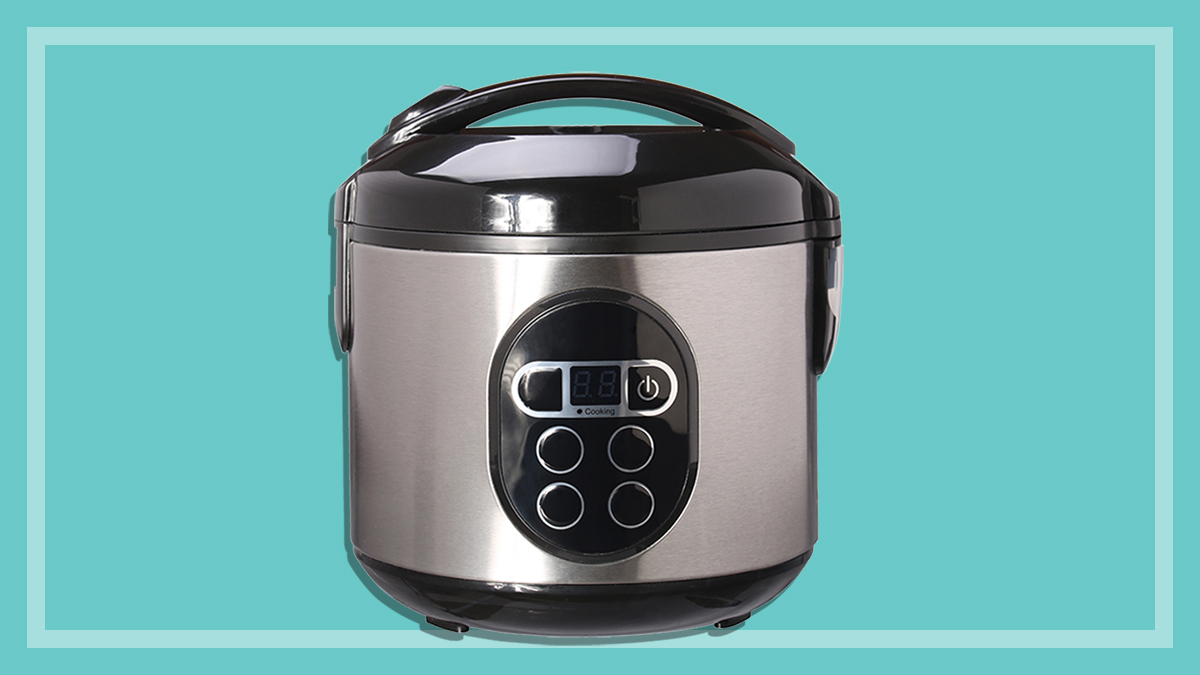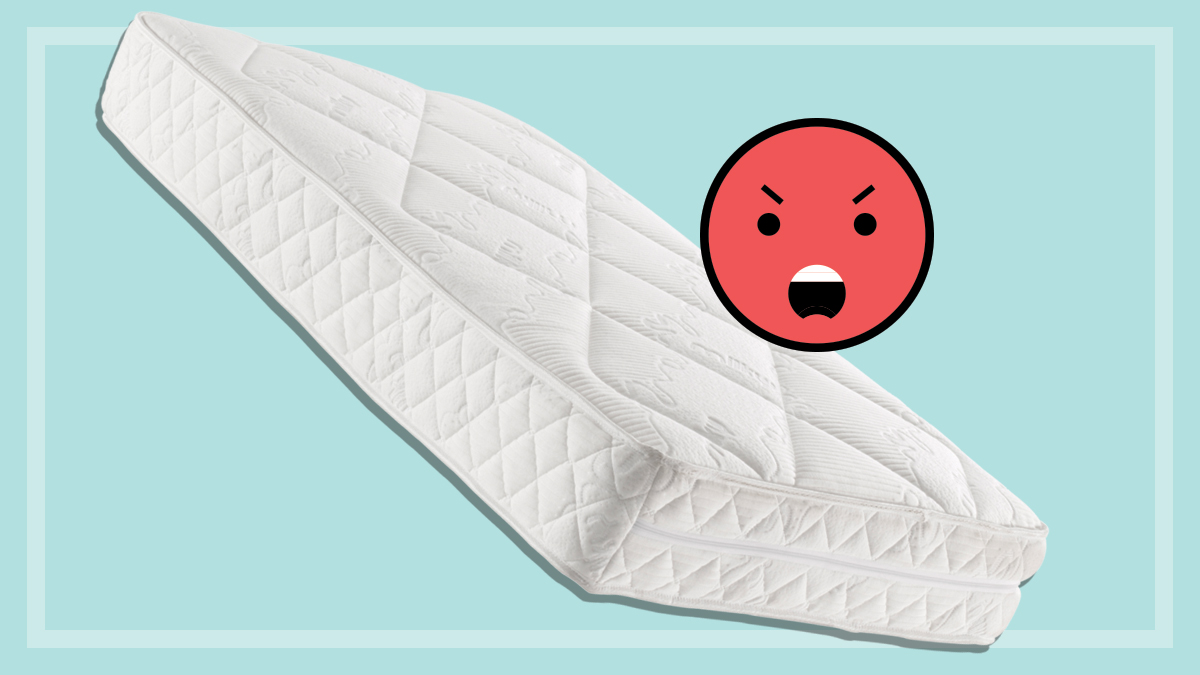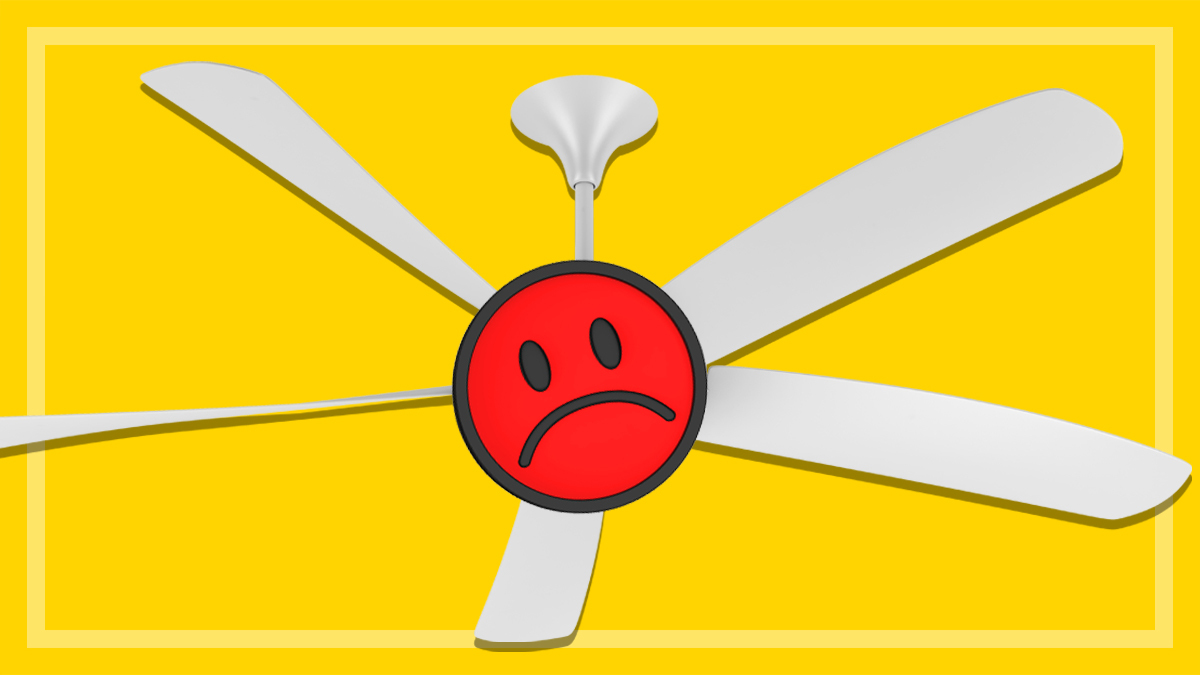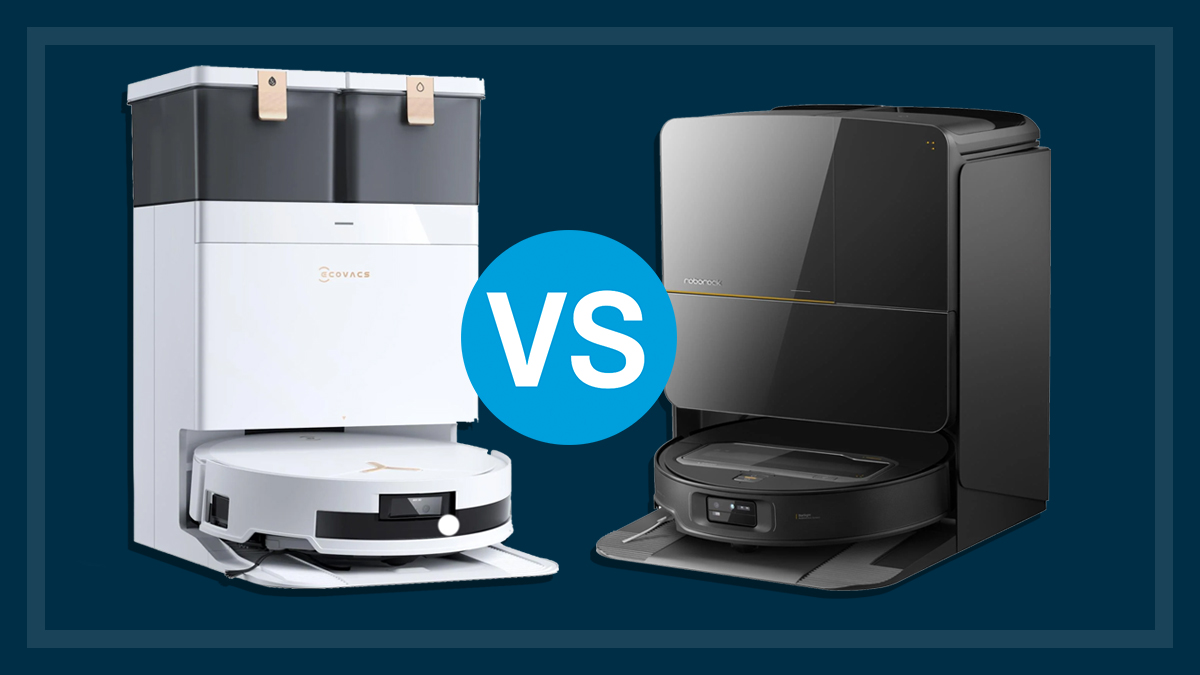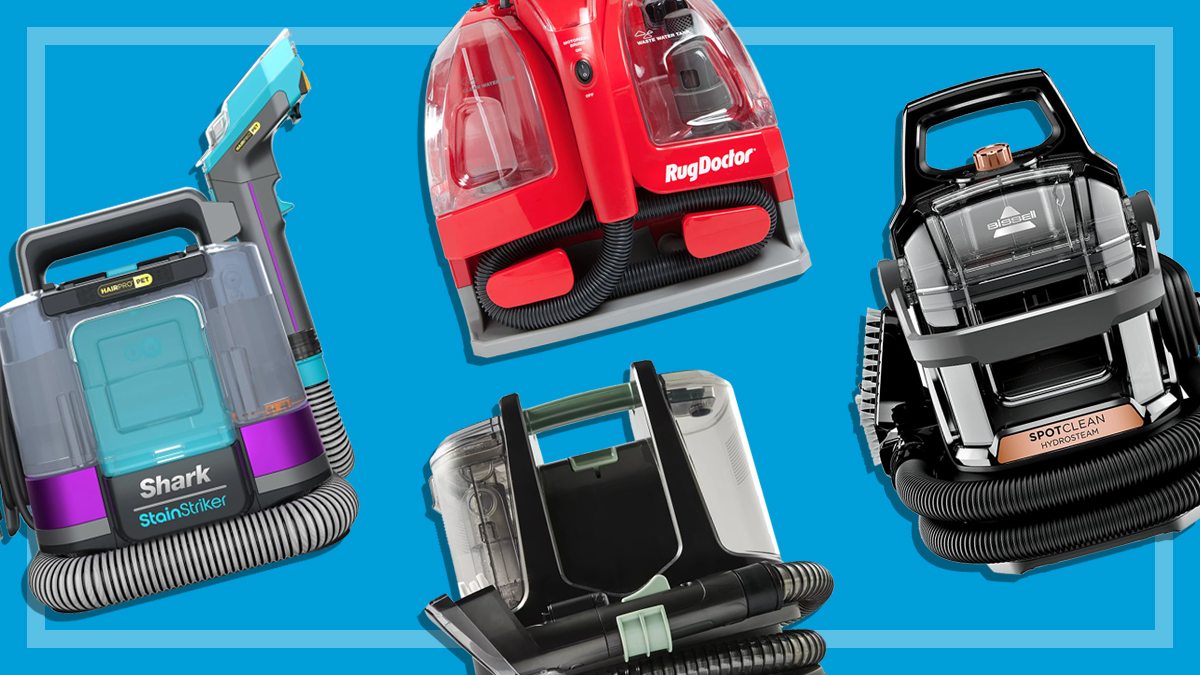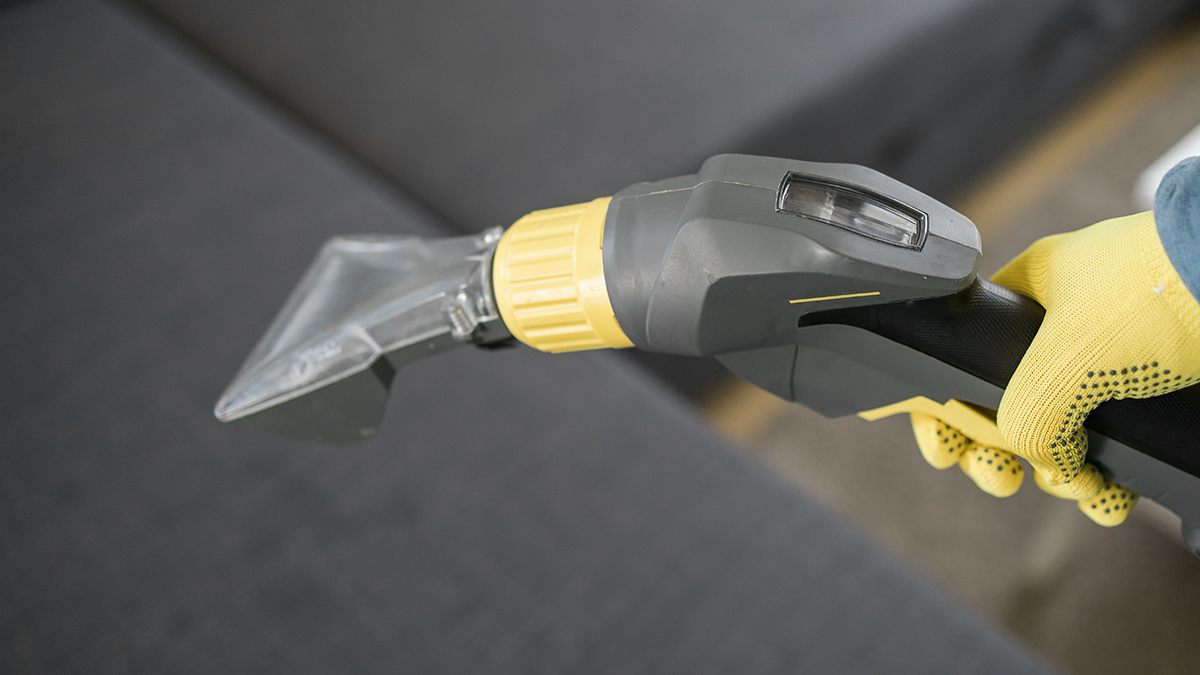How to buy the best pressure cooker
Is it faster? Cheaper? Healthier? Will it explode? We answer all the important questions.
Last updated: 16 Mar 2018
If there’s one thing we never have enough of, it’s time. This is why takeaway meals are often the order of the day, and delicious desserts like pears poached in red wine are reserved for very special occasions.
On this page:
Thankfully, there’s now a quicker, healthier option, even for mid-week meals. Pressure cookers are like the time machines of the kitchen, speeding up meal prep by cooking food fast, under… well, pressure.
We no longer test pressure cookers, but our multi-cooker reviews will help you find the models that perform well on both pressure and slow cooking settings.
How fast is a pressure cooker?
Pretty damn fast! For example, lamb shanks will cook in a slow cooker over seven hours, on a cooktop in two-and-a-half hours, and in a pressure cooker in only 45 minutes!
Is a pressure cooker healthier and cheaper?
Only a small amount of water is needed to fill the pressure cooker with steam, so the health benefit is that the food retains vitamins and minerals that would otherwise be dissolved in the water. And the financial benefit is that pressure cookers work well with relatively inexpensive cuts of meat, such as stewing beef, shank or blade – they soften right up.
Is a pressure cooker safe?
Many people ask, what if it explodes? A pressure cooker is simply a pot with a lockable lid. This means heat and pressure can build up in the pot, creating higher temperatures than you would get from an oven or slow-cooker. While the pressure cookers we’ve tested in the past have been safe, in 2017 Aldi sold a faulty pressure cooker which exploded, causing at least six people to sustain second- and third-degree burns. Models with more than one locking mechanism, such as a locking lid, are safer than one that simply twists onto the top of the cooker, so make sure you inspect the locking mechanism in-store before purchasing.
The pros and cons of pressure cookers
Pros:
- Less energy used than ordinary saucepans.
- Shorter cooking times.
- Fewer nutrients lost through dissolving in water.
- Less heat and smells in kitchen.
- Can be used as a regular pot without a lid.
Cons:
- Can’t be left unattended.
- Take a while to get the hang of.
- Need to let pressure go down before taking lid off (some have a steam release so you can skip this step). Always use a tea-towel to keep your hands safe.
What features to look for
Steam-release valve
This is a valve you can turn to release steam, which means you don’t have to carry the pressure cooker to the sink or allow extra cool-down time at the end of cooking.
Locking mechanism
More than one locking mechanism, such as a locking lid, is safer than one that simply twists onto the top of the cooker.
Pressure indicator
A pressure indicator shows when it’s safe to open the pressure cooker. This can be via a level that visually raises and lowers, or a change of colour to signify pressure.
Pressure settings
Different pressure settings allow you to adjust the amount of time it takes to cook different dishes. The higher the rated pressure, the quicker the cooking time. We found pressure cookers rated from 41kPa (6PSI) to more than 130kPa (18.9PSI).
Size
Size makes a difference – the popular six-litre pressure cooker won’t fit a whole chicken or large meat joint, but sizes up to 12 litres are available for that sort of cooking.
Cost
From $70 to over $500.
Related
Matthew Steen is the Director of Reviews and testing, which conducts all the testing content for CHOICE. He has worked for CHOICE for more than 20 years, from customer service to testing and content production.
Matthew is driven to work at CHOICE for its mission, and the people that it attracts, from staff to members, all dedicated to making Australia more fair, safe and just.
Matthew represents CHOICE as a council member on the Standards Australia Council. He is also responsible for ensuring CHOICE stays carbon neutral.
Matthew has a Bachelor of Humanities in Ethics from Queensland University of Technology.
Find Matthew on LinkedIn.
Matthew Steen is the Director of Reviews and testing, which conducts all the testing content for CHOICE. He has worked for CHOICE for more than 20 years, from customer service to testing and content production.
Matthew is driven to work at CHOICE for its mission, and the people that it attracts, from staff to members, all dedicated to making Australia more fair, safe and just.
Matthew represents CHOICE as a council member on the Standards Australia Council. He is also responsible for ensuring CHOICE stays carbon neutral.
Matthew has a Bachelor of Humanities in Ethics from Queensland University of Technology.
Find Matthew on LinkedIn.

